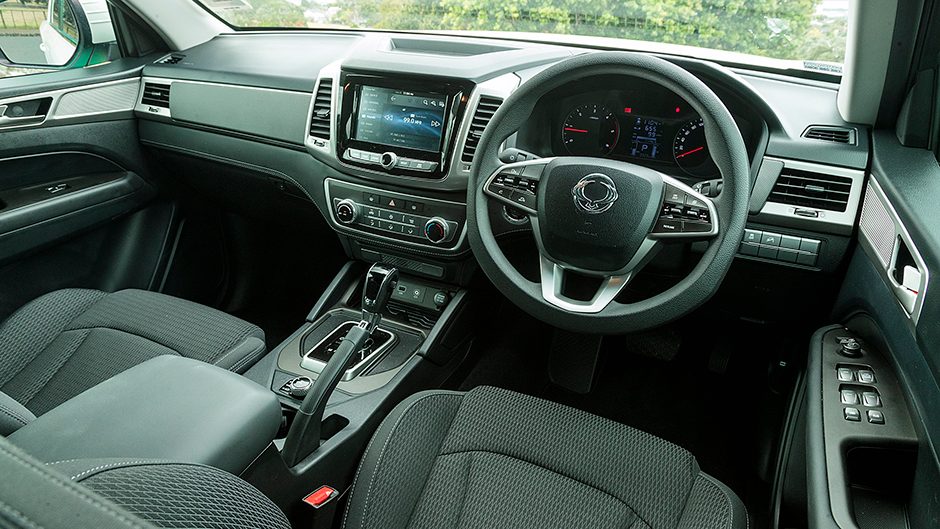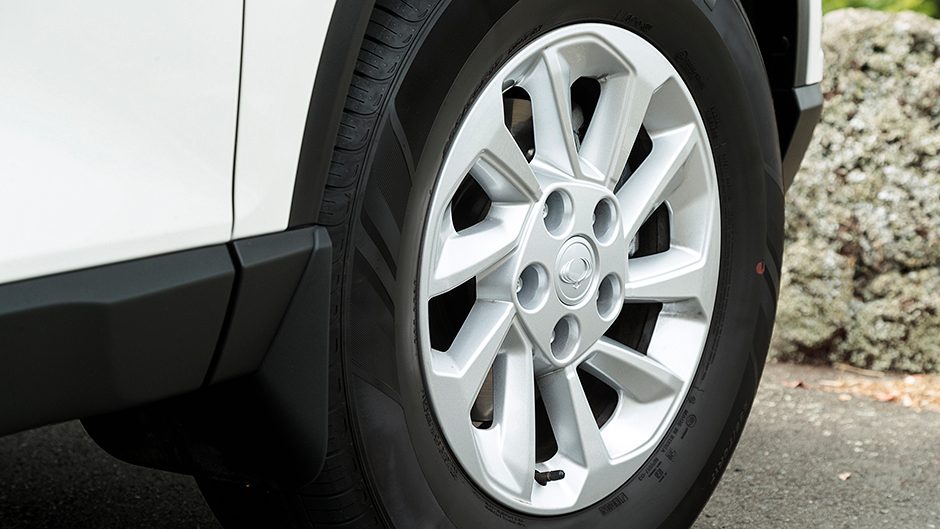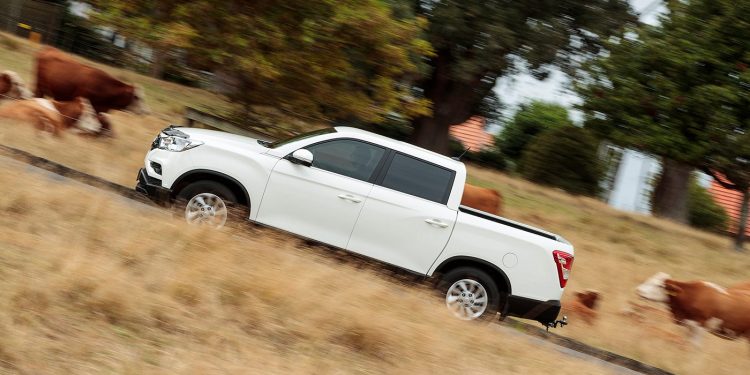2019 SsangYong Rhino Sport review
Words Kyle Cassidy | Photos Tom Gasnier
SsangYong’s new Rhino ute can be had in three grades, and this here is the mid-spec sport.
That means a 2.0-litre turbodiesel and switchable 4×4 with the choice of a six-speed auto or manual. And you’d go for the auto, which asks a $2300 premium. This Aisin ‘box is a good operator, the take-up and shifts smooth, the programming cohesive with the torque curve.
If you’re in a rush it can be a bit dozy, but give the gas a decent prod and it’ll get the hint. The 2.0-litre unit, SsangYong’s own design, isn’t too shabby either. There’s some lag off the bottom, but it’s soon on boost and steaming along by 1500rpm. The midrange pull is decent enough too with 420Nm on tap.
Expect the diesel auto to return about 9L/100km around town, unladen, which is better than the BT-50 we had on long term test recently; the big 3.2-litre five returned mid 12s for the same sort of running around.
The Rhino Sport might be mid-spec but it’s not low rent. There’s the usual SsangYong build quality inside with soft bits on most of the touch points, save for the door tops and console edge. The seats are clad with a quality cloth trim and are adjusted manually.
Compared with the SPR the Sport misses out on a full complement of airbags, with just a pair of frontal crash pillows. There’s manual aircon but you get a touchscreen infotainment system that also includes a reversing camera. There’s no smart key, but then you’re not getting charged a whole lot either.

And the $42,538 price tag leaves room for negotiation if you fancy driving a hard bargain. There’s also a ‘feel good factor’ knowing a sum of that money is going to help fight poaching in South Africa with a donation made on each Rhino sale to Saving the Wild.
The Sport rolls on smaller 17-inch alloys in place of the chromed 20s of the SPR, and rides all the better for it. The 17s might not be as shiny but there’s less jiggle associated with the general progress of the Rhino Sport, at both town and country speeds.
While there’s some squish on the turn associated with the higher profile tyre, the Sport still sticks nicely in the bends. Its steering is accurate and the expectant roll is not untoward, especially at the rear.
It’s fairly hushed on the move too, the rattle of the diesel subdued, so too the roar of the rubber. The space in the rear of the cabin is handy, with good room to stretch out and there’s a flat floor, though the centre lap belt isn’t such a swell idea.
Entry is easy given the big doors with their over-the-sill design. The Rhino’s more compact dimensions lend it a good turning circle for a ute, although the tray is lacking in overall length, if that matters to you.
And if it genuinely does the Rhino XL, with what’s claimed to be the biggest tray in the class, will be along soon.






